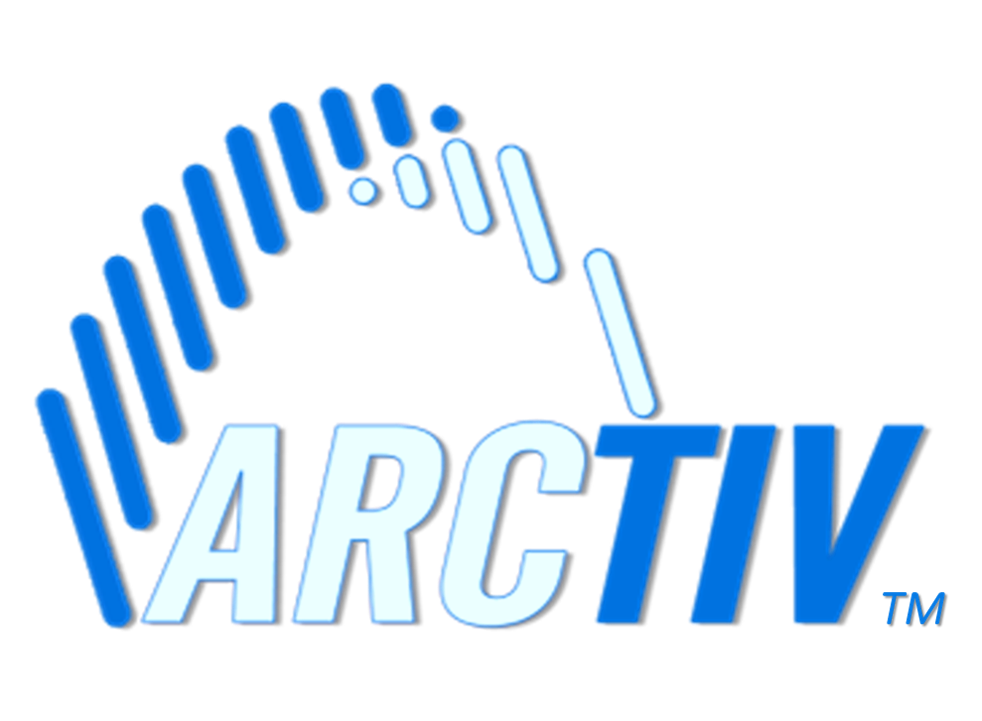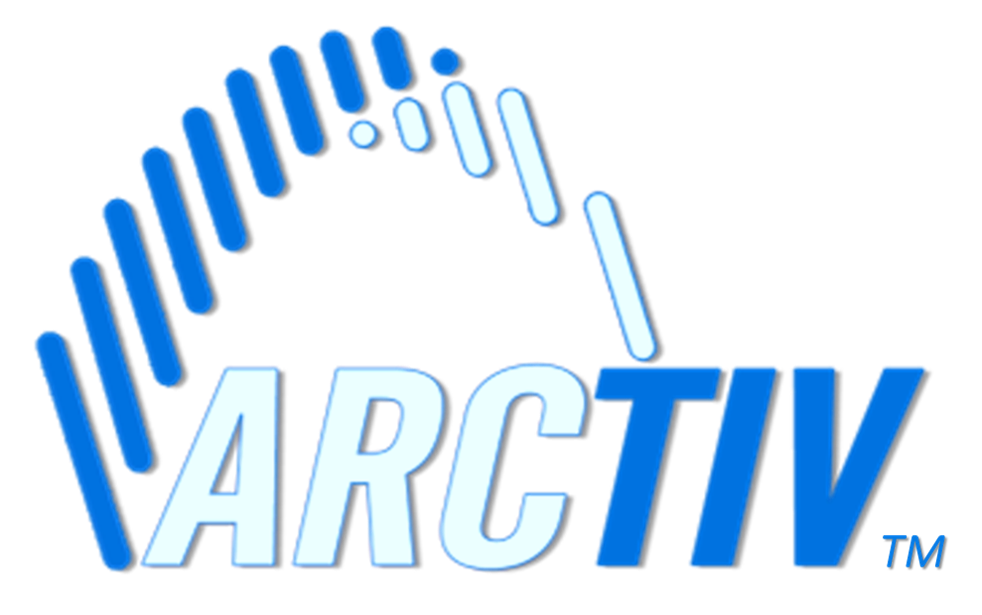How to Select the Best ArcTiv Rack Cooling Management System for Your Server Room
When expanding or designing a new server room, the total performance of the servers and networking equipment can be optimized by efficiently managing the cooling system. Selecting the best cooling system configuration will vary by application so the facility and IT managers need to list out the primary factors before selecting any specific cooling option.
Key Application Considerations:
- Current and future power of IT equipment
- External environmental conditions (temp, humidity, seismic)
- Room dimensions, floor style and ceiling clearance
- Existing room for retrofit or expansion or a new room layout
- Fire suppression system
- Monitoring system for power & cooling components
Room-Level Cooling System
New construction data rooms often incorporate a centralized cooling system for the entire server rack system. These can be offered in hot or cold-air isolation via aisle containment systems, chimneys and raised floors. The hot or cold air can then be re-circulated through the central management system for maximum system efficiency.
| Room-Level Cooling Advantages | Room-Level Cooling Disadvantages |
|
|
Centralized Cooling System Types
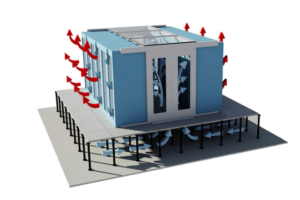 |
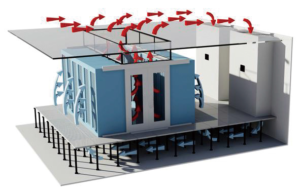 |
|
Cold-Aisle Containment |
Hot-Aisle Containment |
Key Components
Application Advantages
|
Key Components
Application Advantages
|
In-Row Precision Cooling System
For existing floor-space where raised floors or building-level cooling systems are not available, retrofitting the room with an in-row rack cooling system can provide flexibility and performance for the application. The in-row cooling modules can be added to rack aisles; eliminating the need for a centralized cooling system.
| Room-Level Cooling Advantages | Room-Level Cooling Disadvantages |
|
|
Cooling System Types
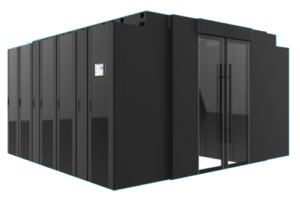 |
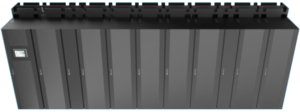
|
| Micro Data Center (Aisle) with In-Row Cooling | Micro Data Center (Row) with In-Row Cooling |
Key Components
Application Advantages
|
Key Components
Application Advantages
|
Contact Us to learn more about Cooling Management Systems.
ABOUT THE AUTHOR

Daniel S. James II, MSEE, MBA
Daniel brings over 15 years of experience in both the data center and industrial automation industries having worked for Fortune 500 technology companies in various roles including Corporate Strategic Planning, Product Management and Business Development. Connect with him on Linked-In.
